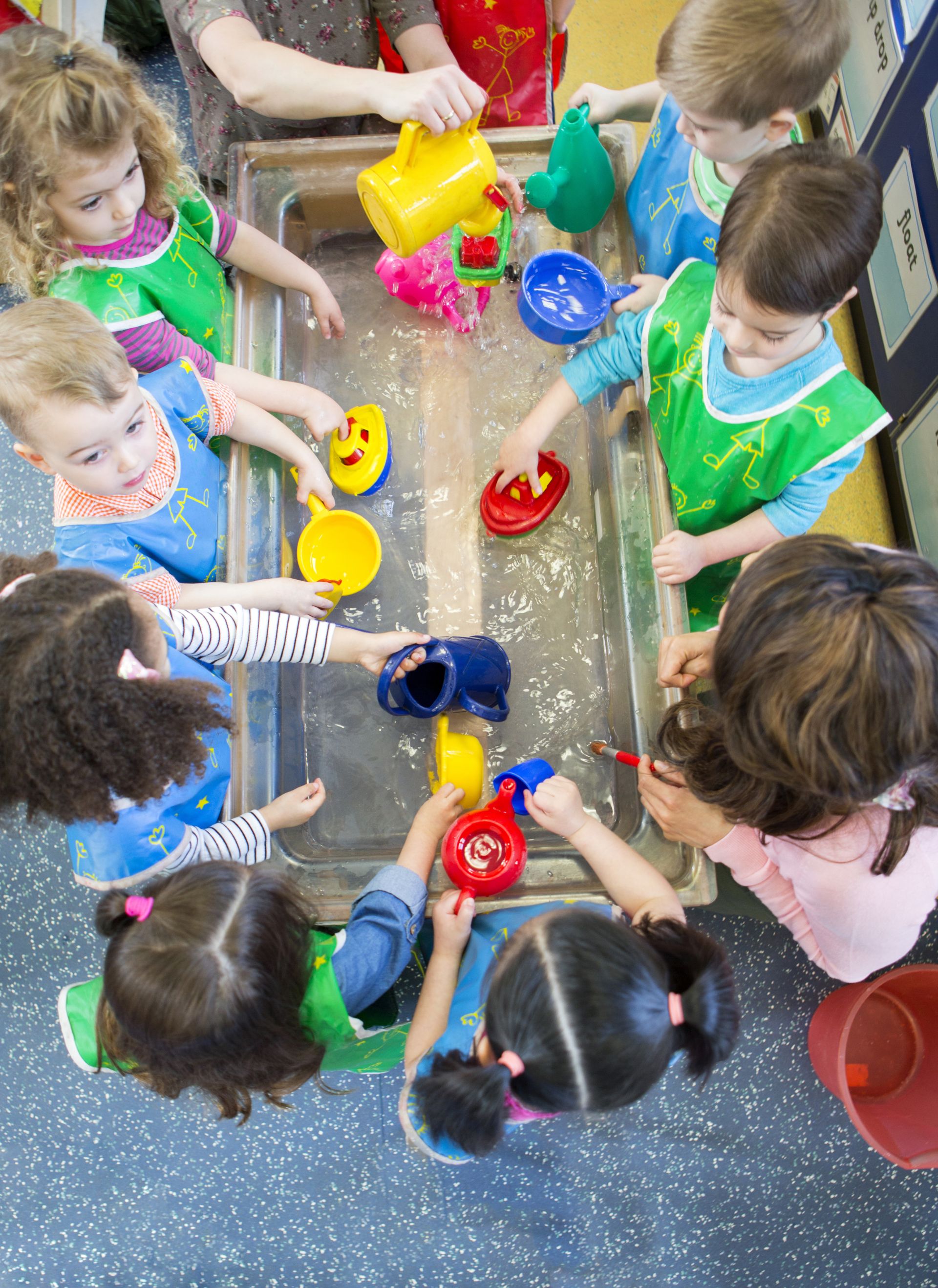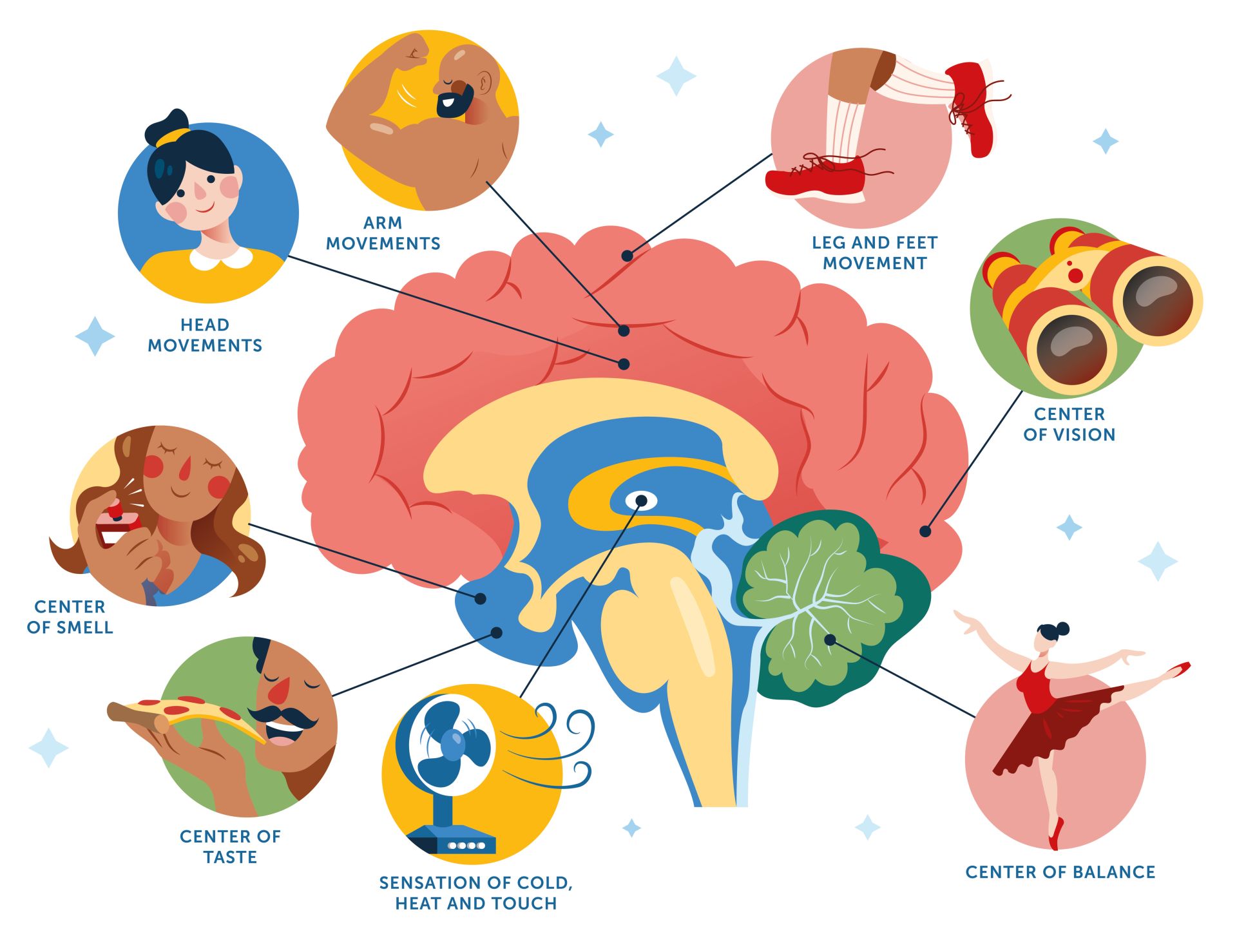Sensory Strategies & The Brain: Promoting Self-Regulation & Learning
Kids (and adults too!) learn and participate best when they are regulated. Can you think of a time when you felt anxious or dysregulated? Whether you realized it or not, you probably used sensory strategies to help yourself regulate. Maybe you took some deep breaths to slow your heart rate and calm down. Or maybe you tapped your foot on the floor or your fingers on the table to get out some of the nervous energy. Just as we can impact our own arousal level and regulation by using sensory strategies, early childhood educators can also learn to identify a child’s sensory needs and use strategies to support them in getting back to this “just right” level of arousal. We can use sensory strategies to help a child regulate once they have already become dysregulated and we can also use sensory strategies proactively to get a whole classroom of children regulated and ready to learn.

Did you know that most kids are kinesthetic learners? This means they learn best by moving and by doing. As early childhood educators, we need to harness the power of movement and sensory experiences to promote self-regulation and set the stage for learning. If we want kids to be regulated and ready to learn the valuable lessons we are trying to teach them at school, we need to incorporate sensory stimuli and movement into everything we do during the day. Join us for our live training to learn how to identify a child’s sensory needs, effective strategies to support regulation, and powerful brain-based strategies to promote brain-body connection and the development of self-regulation skills.

- NWC IMPACT Team
If you're interested in learning more about sensory strategies, check out these courses:
All content, including the presentation thereof on this web site, is the property of Northwest Center IMPACT™, and protected by U.S. and international copyright laws. You may not copy, reproduce, distribute, transmit, modify, create derivative works, or in any other way exploit any part of copyrighted material without the prior written permission from Northwest Center.
Connect
-
Seattle, WA
-
impact@nwcenter.org
-
NWC Home
Policy pages
Subscribe & stay up to date
Copyright © 2025
